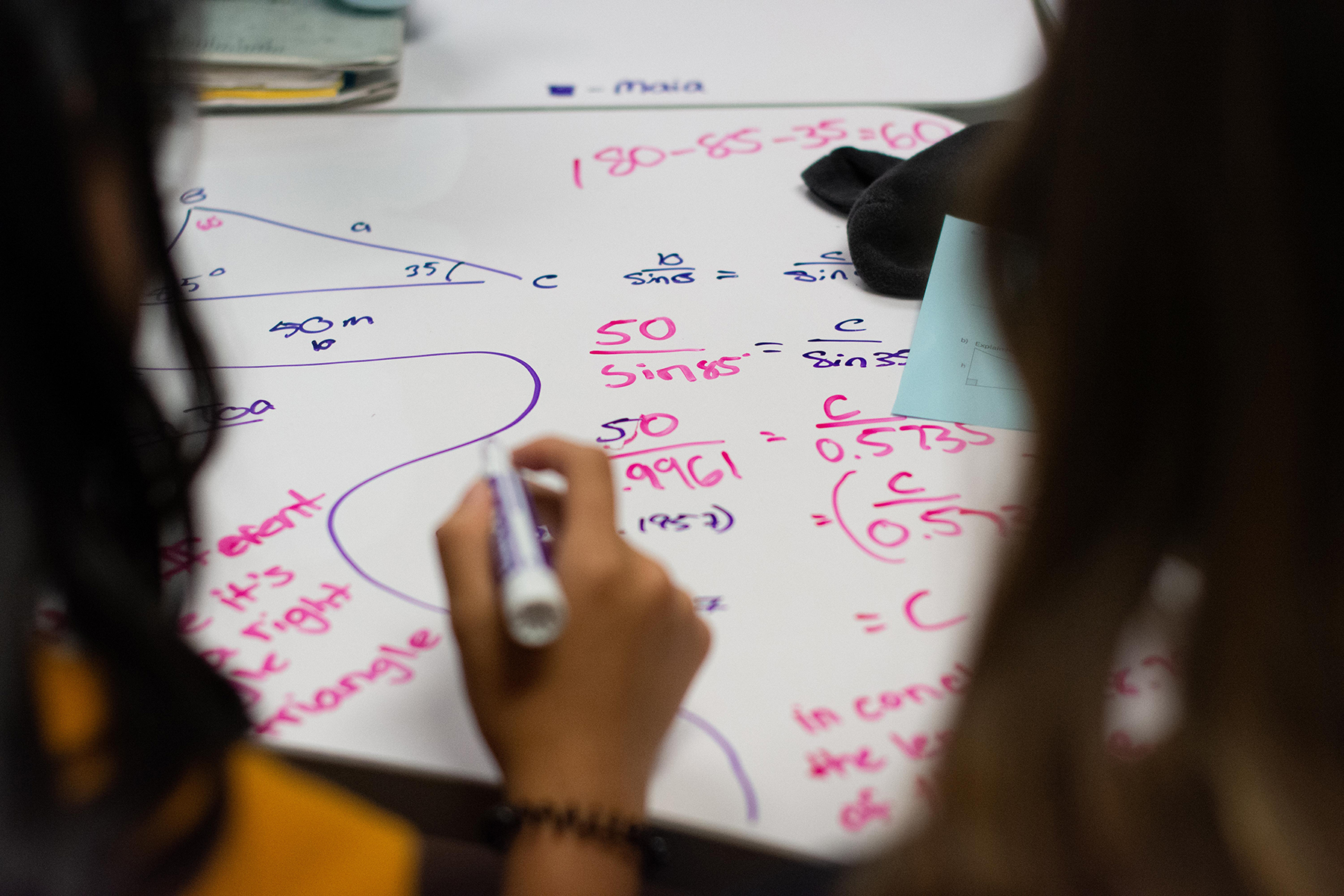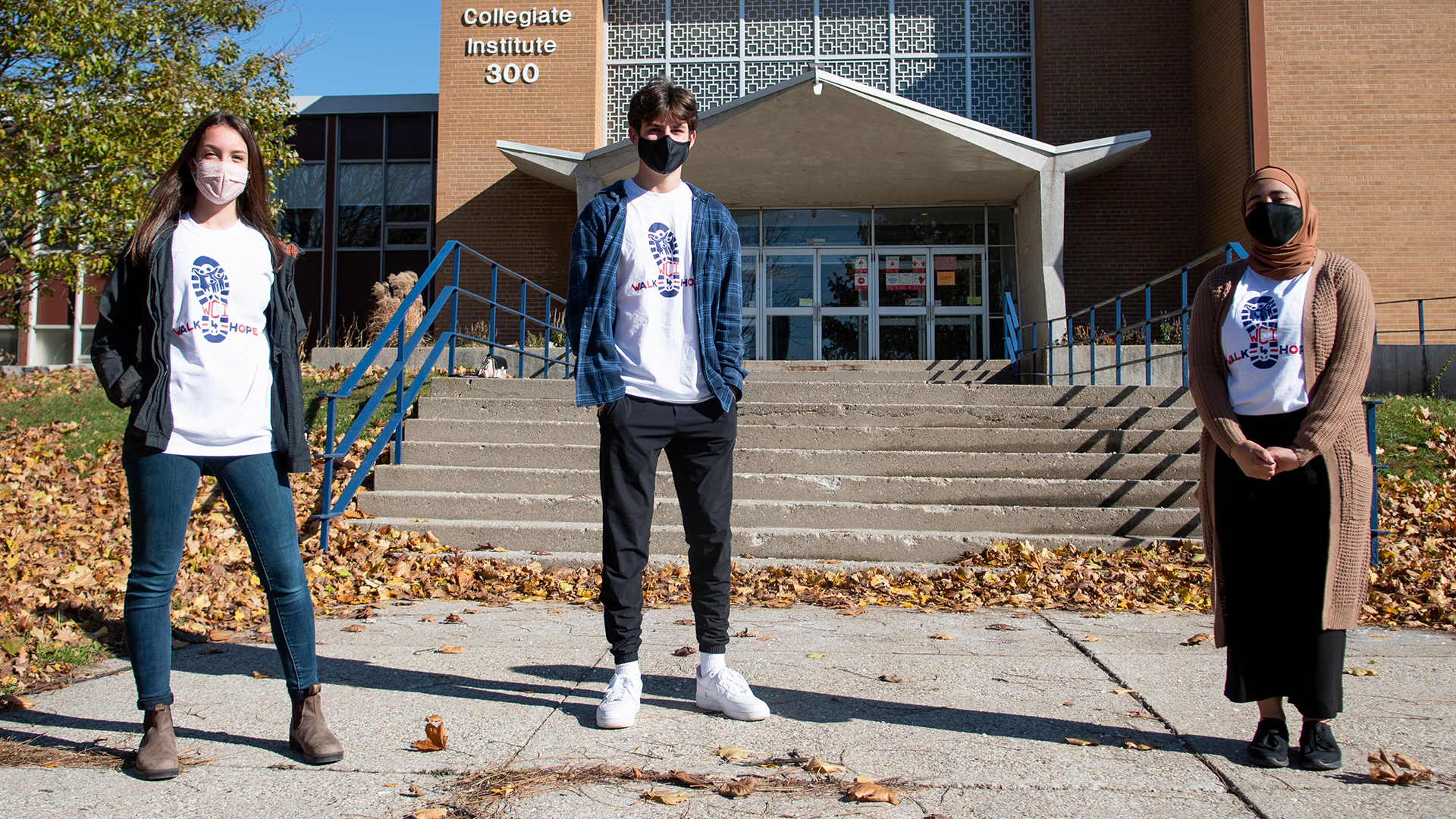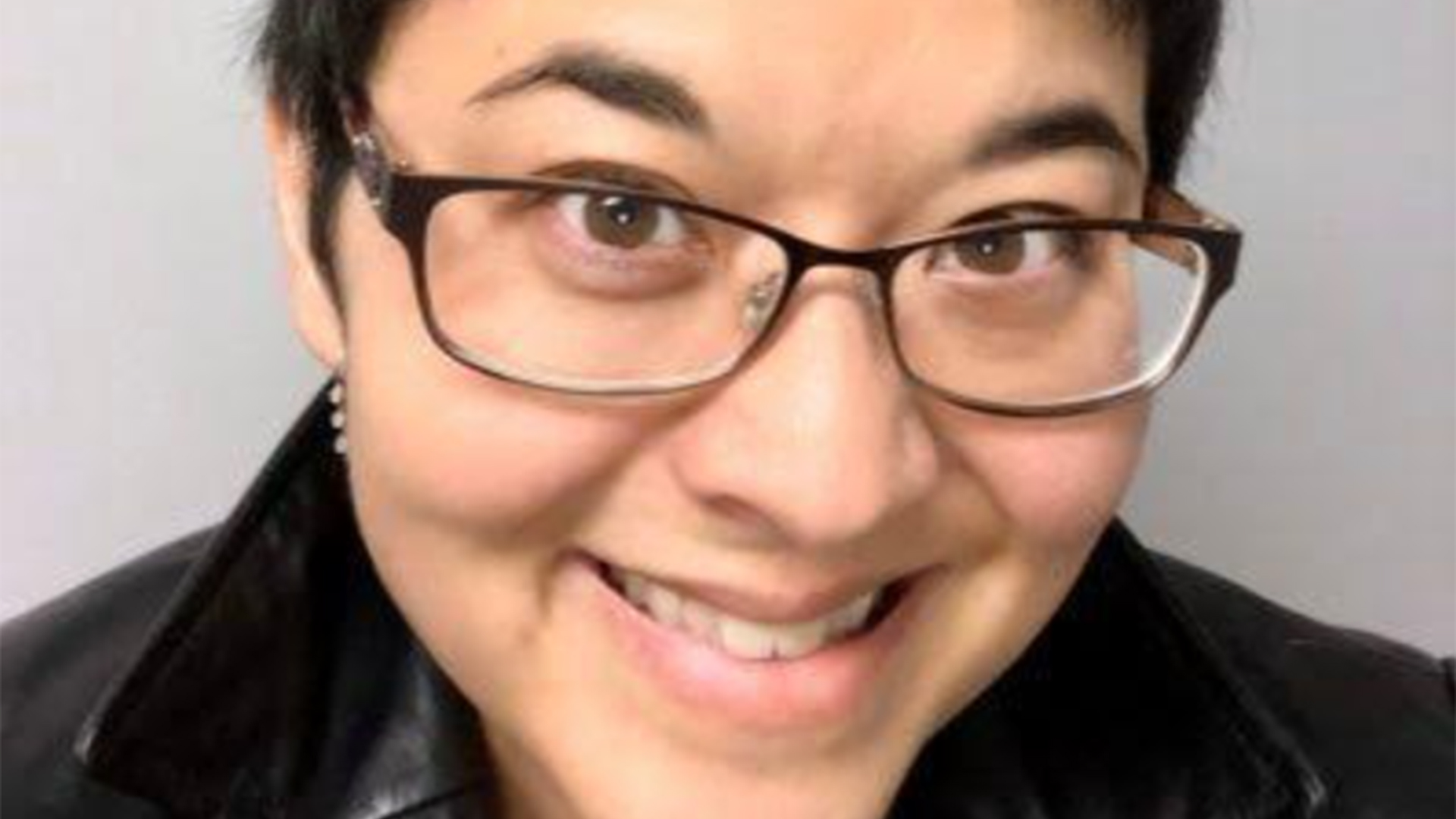
Inspiring an Interest in Math, Even From a Distance
Math educators across the Waterloo Region District School Board (WRDSB) remain focused on keeping their students interested and engaged, while adapting to the changing realities of the global pandemic. From emergency distance learning, to hybrid learning in the fall, to full distance learning once again, they continue to demonstrate flexibility and determination when it comes to inspiring an interest in mathematics.
Aleda Klassen, a math teacher at Waterloo Collegiate Institute (WCI) in Waterloo, is one of those educators. Her teaching focus has always been on encouraging students to come up with their own ideas and solutions, and letting their thinking guide the learning.
“I like to have a lot of discussion, I like to have ideas come from students,” said Klassen. “I like to give them problems and let them explore, and come up with their own observations or realizations.”
During the period of hybrid learning for secondary students in the fall, Klassen was focused on adapting her classroom environment, both in-person and online, to maintain this conversation and engagement. Of course, the challenge was doing this with only half of the class in front of her in the classroom.
Klassen is no stranger to employing technology in her teaching, and this served her well in adapting to hybrid learning. Through the use of an iPad, she was able to help bridge the gap between those students who were in-person and those online.
“I would project from my iPad, so I could do the things that I would normally do,” said Klassen. “Like, take pictures of their work and add them to our slideshow for discussion.”
By having the iPad microphone on as she taught, it also allowed students at home to listen in to the discussion in class, and the speaker on the iPad allowed them to chime in if they had questions or an answer to offer.
Whiteboards play a key role in Klassen’s classroom, as they allow students to work without fear of making mistakes as they go. The desks in her classroom are topped with whiteboards, and whiteboards cover the walls of the classroom. With the focus of maintaining these stress-free worksurfaces, she sent home each student with a small whiteboard of their own, allowing them to continue working in a familiar manner while remote.
With the move to full-distance learning following the winter break, Klassen has faced new challenges with maintaining the flow of learning in her classroom.
“One of the biggest challenges for me has been finding ways to see what they’re doing,” she said. “That’s a big part of the way I teach. I use student thinking to drive the learning.”
To overcome this, she has created shared working spaces, such as Google Slides, where the students can work on problems simultaneously while she monitors their progress and is available to provide guidance. This has allowed her to continue to centre her teaching on student thinking.
Although there is no doubt this process has been a difficult one, Klassen is quick to point out that there have been a few “magical moments.” She explained a recent example, where a student openly voiced his frustration with a problem he was working on to the class. Another student quickly responded and provided a suggestion the fellow student needed to succeed.
Klassen is quick to credit the success of her methods to the collaborative effort of math teachers across the WRDSB. Every two weeks, math teachers are invited to meet virtually and discuss their successes, ideas and challenges in meetings organized by Lisa Hicknell and Jill Waters, two consultants with Learning Support Services.
“It’s really useful to talk to colleagues and get ideas from them,” she said.
Klassen isn’t alone, as Andrea Teichroeb, a math teacher at Grand River Collegiate Institute (GRCI) in Kitchener explained. The open conversation, and willingness of all involved to freely share their struggles and frustration has created a safe space to grow and learn amongst peers.
“It just makes for a better learning environment overall,” said Teichroeb. “Sharing those ideas and experiences allows you to have a menu of options to try with your own students.”
One of the most helpful new ideas that she discovered from this group was a website that acts as a digital whiteboard. Like Klassen, she too uses whiteboards as work surfaces for her students with the goal of creating a thinking classroom. However, with students learning remotely, she struggled to offer the same experience that students had in class. This one tool helped to fix that for her.
“It’s a fairly simple tool, but it just totally changed how I was able to interact with students,” said Teichroeb.
This collaboration with her colleagues has also led Teichroeb to rethink her assessment practices. Incorporating student portfolios has allowed her to move away from quizzes and tests, increasing the emphasis on student thinking rather than simply their ability to get the correct answers.
“It’s been going really well,” said Teichroeb. “The work they show, and the work they share is really inspirational.”
Reflecting on what they’ve both learned during this tumultuous year, their advice to other educators is to adopt a reflective stance, and assess what is working and what isn’t in their approaches. Focus on what’s working and be willing to listen to the students.
Start small, and don’t feel like you’ve got to change everything at once, but don’t miss the opportunity to build your own toolbox as an educator. “You can just dip your toe in, before jumping in,” said Teichroeb. “You can’t learn if you’re not trying things.”
Above all else, “give yourself some grace,” Klassen said. “It’s chaotic, messy and exhausting.”



